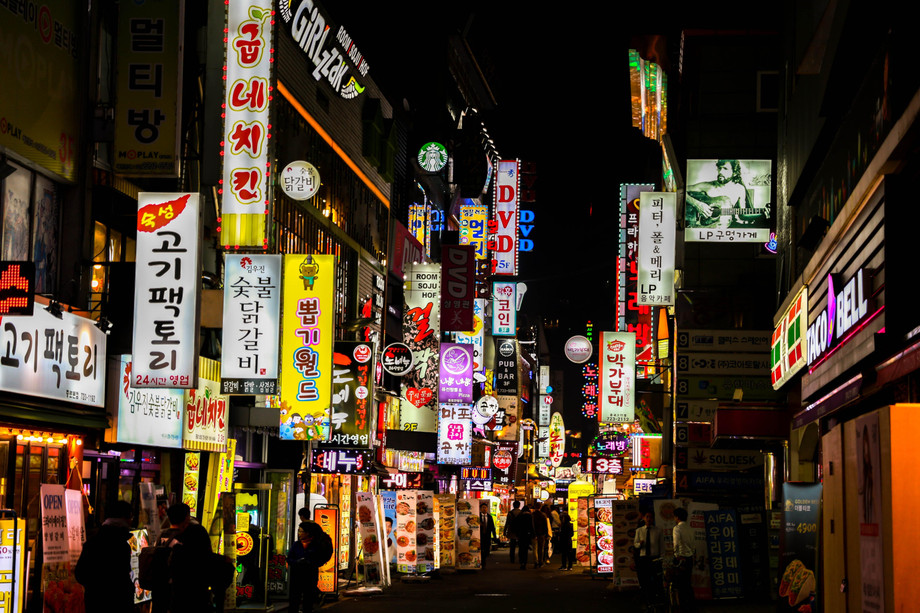The evolution of smart technology has considerably changed the overall lighting industry in terms of energy and money saving and has improved the safety norms for the convenience of the users. Since the early 1990’s scientists have studied the effect of light in the improvement of Seasonal Affective Disorder (SAD) in humans. In 1989, it was successfully concluded that light can have anti-depressant impact on SAD patients. Studies have also shown that the natural color of daylight triggers melatonin and serotonin production in humans. These hormones control physical, mental, and behavioral changes or their circadian rhythm in humans.
Read Report Overview: Human Centric Lighting Market
Human Centric Lighting (HCL) is a lighting solution intended to improve a person’s well-being, mood, and health by varying the Correlated Color Temperature (CCT). HCL solutions are designed to mimic the effects and illuminance of natural sunlight. HCL is used in various applications such as healthcare, education, workplaces, retail, and residential applications, among others. HCL, which is also known as Circadian lighting or lighting for health, is expected to gain recognition and drive the lighting industry during the forecast period 2018-2024.
HCL is based on tunable fixtures which control the intensity and color temperature of the light. Lighting controls can be easily incorporated with HCL solutions to increase the controllability based on the user’s requirement. The controls used with HCL solutions serve various purposes such as tuning the light, dimming the intensity, and time scheduling, among others, to control the light throughout the day and to mimic the natural daylight. Various controls used with HCL solutions include dimmers and switches, micro controllers and microprocessors, sensors, transmitters and receivers, and drivers, among others.
Some of the factors driving the growth of HCL solutions in the global market are increasing benefits of human centric lighting, joint effort from regulatory bodies, manufacturers and distributors, and increased adoption of solid state lighting. The effect of lighting on humans has been studied for more than a decade now. In 2002, a study stated that ganglion cells in the retina produce melanopsin which control hormone production. The light intensity and temperature associated with it can affect production of various hormones such as dopamine, serotonin, cortisol, and melatonin which control important aspects in our body. For instance, melatonin secretion leads to drowsiness which can provide better sleep and lower body temperature. The main aim of human centric lighting is to mimic daylight conditions throughout the day. Our body perceives light in a more complicated way than we understand. HCL along with the light therapy treatment can trigger the body’s internal clock.
Global Human Centric Lighting Market by End-Users
The HCL solutions are widely used in healthcare, office, education, residential, and hospitality, among others. Of all the applications for HCL solutions, healthcare segment is expected to witness the highest growth during the forecast period (2018-2024) in terms of volume and value. The major factors contributing to the growth of this application include health benefits such as reduced therapy times and enhanced drug efficacy, associated with HCL for the patients, doctors, and workers. Additionally, studies conducted to understand the impact of light on humans in various medical centers and hospitals have provided enough evidence to cater to the growth of this market. Healthcare has seen the most early and widespread adoption of HCL, and the key players have developed a significant product portfolio for the same in the recent years. The majority of players such as Philips Lighting, Glamox, OSRAM, and Helvar, among others in this industry are catering to the healthcare application.
Competitive Landscape
In the past five years, the global HCL market has witnessed several strategic and technological developments undertaken by the different market players to attain their respective market shares in this emerging domain. Some of the strategies that have been adopted by the HCL solution providers are expansions, new product launches, partnerships, collaborations, contracts and agreements, and mergers and acquisitions. Among all the strategies, launch of new products has dominated the competitive landscape to become the most widely adopted strategy by the HCL solution providers. The key market players in the global HCL market are Acuity Brands, Inc., OSRAM GmbH, Hubbell Incorporated, Legrand, Philips Lighting, Glamox, Digital Lumens, Inc., Zumtobel Group AG, Seoul Semiconductors, Cree, Inc., Waldmann Lighting, Lutron Electronics Co., Inc., and Hevlar, among others.
Request A Free Sample: https://bisresearch.com/requestsample?id=531&type=download
The key players operating in this market have increased their product launch activities over the recent years in order to generate public awareness about their existing and new products and technologies and to compete with the competitors’ product portfolio. For instance, in April 2018, Helvar launched its white tunable controllable LED drivers for HCL. Furthermore, in May 2018, OSRAM GmbH launched its Licross range of luminaires for retail and industrial application.

